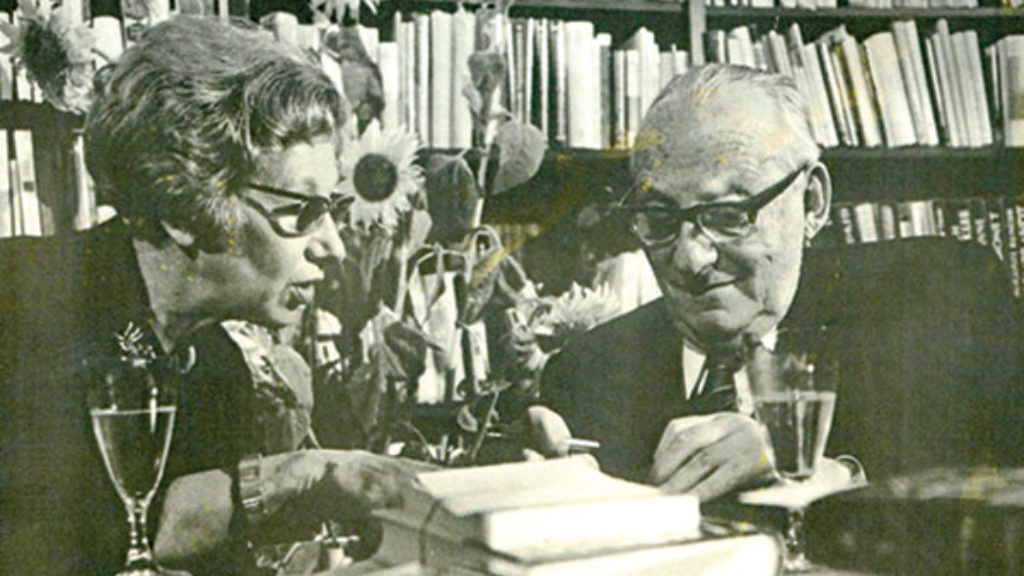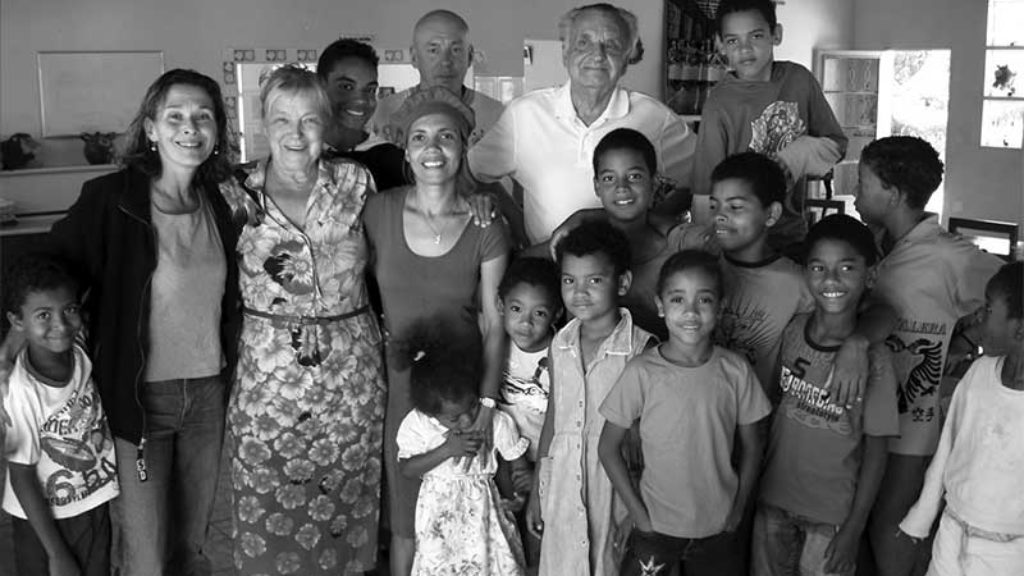Hollywood and Jerusalem

Half a lifetime ago, on a sharp L.A. morning, I piloted my sports car from my rented bungalow on a Malibu cliff to the Beverly Hills talent agency where I was a client to pitch a screenplay idea to the agents of a far bigger client, who had lately directed two sci-fi blockbusters and was ripe for a prestige project. Renowned for his visual style, the film-maker had trained as a painter. I was certain he would like my idea. The soft sun on my bronze brow whispered: You are the luckiest Jew alive.
As I glided along the gentle curves of the Pacific Coast Highway, I rehearsed my pitch. The movie was called The Indian Painter, a dramatic tale about art and racism in 19th-century America, inspired by the career of George Catlin. The latter was a successful Pennsylvania portrait artist who in 1830 left his wife and children to travel among the natives of the Upper Missouri and paint pictures of them for the historical record before they were crushed by the manifest destiny of white westward expansion. Oscar material, no?
Catlin made many trips over the years among the Indians and came truly to love them, in a condescending sort of way. My movie had him fall in love with a Mandan Indian woman, only to leave her as he felt duty-bound to return to his family back east. In his absence, his Indian girlfriend dies in a smallpox epidemic, her whole village wiped out. Something to do with a fevered, lecherous fur trapper, a Frenchman. The Painter blames himself: I should have killed Jean-Jacques when I had the chance! (A Jealous Medicine Man is also in the picture.) George does penance, spends the rest of his life wandering among all the Indians of the Americas, from Alaska to Tierra del Fuego, a tragic figure but a good kind of tragedy—I gave it a happy ending, obviously, but I can’t remember what it was. To gild the lily, I envisioned a final onscreen crawl of Catlin’s credo from 1868, reminiscent of John Lennon’s “Imagine”:
I love a people that have always made me welcome to the very best that they had.
I love a people who are honest without laws, who have no jails and no poorhouses.
I love a people who keep the commandments without ever having read or heard them preached from the pulpit.
. . .
I love a people “who love their neighbors as they love themselves.”
I love a people who worship God without a Bible, for I believe that God loves them also.
. . .
I love a people who live and keep what is their own without lock and keys.
I love a people who do the best they can. And oh, how I love a people who don’t live for the love of money!
George Catlin died dead broke in 1872, but I decided to leave that downer out of the pitch. And like many Americans of his day (and Mel Brooks in Blazing Saddles), Catlin believed that the Indians were of at least partial Jewish descent. “These people are tinctured with Jewish blood,” he wrote. “The Indians everywhere, like the Jews, believe that they are the favorite people of the Great Spirit.” I left that out too, though I did, in those madcap, brutal Hollywood years, often fantasize about returning to elm-lined academia and doing a doctoral thesis on the history and meaning of that seductive myth. It intrigues me still.
The Eagles on the tape deck: “Take It Easy.” Sunlight battling the L.A. smog. I exited the freeway, landed at the agency. I can pinpoint the date, November 21, 1983, for this was the day after The Day After had been aired on ABC. Perhaps you remember it too. This was much more than a mere made-for-TV movie; it was a colossal media event, a frighteningly realistic depiction of a massive apocalyptic nuclear attack on the United States that was watched by something like half of the American adult population. We began the meeting in ritualized Hollywood fashion, hoisting glasses of Perrier and engaging in industry chit-chat before getting down to tachlis. Talk inevitably turned to the big show of the night before and its awesome Nielsen ratings, and someone (probably me) mentioned the televised panel discussion that followed, during which Elie Wiesel had solemnly intoned: “Once upon a time it happened to my people, and now it happens to all people. And suddenly I said to myself, maybe the whole world, strangely, has turned Jewish.”
One of the junior agents spoke up, a woman in her twenties. Like most agents back in the day, she was Jewish. She found Wiesel’s ethnocentrism repellent. “Why,” she complained, “did he have to bring in the Jewish thing? He made me ashamed to be Jewish.” I suddenly felt like retorting gruffly, in a faux-Bogart voice, “Listen, shweetheart, if you’re ashamed of being a Jew, you sure don’t need any help from Elie Wiesel.” Cool business judgment dictated that I resist the urge, but the Catlin pitch fell flat, and I didn’t make the sale. It might be, looking back, that I took that moment as an omen, a signal that I belonged in a place where people were proud to be Jewish.
It would be marvelous to tell you that right after the meeting I strode indignantly to my forest-green Porsche, wheeled onto the Santa Monica Freeway, sped eastward on I-10 past Palm Springs, and didn’t stop till I got to Jerusalem. But that would be untrue. My aliyah came five years later. Moreover, I drove a mere Mazda RX-7, black with gold trim and creamy leather bucket seats, best described, to quote my L.A. garage mechanic, as “bitchin’.”
Hollywood and Jerusalem, antipodes of Jewish dreaming, metaphors of diaspora and Israel: the Jewish agency versus the William Morris Agency. It has been my curious lot to know both from within. Take it from me: Not every Jew in Hollywood is uneasy, and not every Jew in Israel is proud. I’ve been an Israeli citizen for decades, but Israelis still call me an “Anglo-Saxon.” No problem, the mixed identity of oleh, immigrant, and American expat suits me fine and keeps life interesting. In future columns, I’ll be writing about books and ideas and telling stories about friends and acquaintances or historical figures (famous and obscure), denizens of Hollywood and Jerusalem and places in between.
Suggested Reading
Hollywood and the Nazis
In their dealings with Germany in the 1930s, were Hollywood’s moguls just watching the bottom line or aiding the Third Reich’s PR machine?

Lost from the Start: Kafka on Spinoza Street
Jerusalem-based writer Benjamin Balint has crafted a wise and eloquent study of Kafka around the eight-year battle in Israeli courts over Max Brod’s literary estate.
Shabbtai at Seventy
Stuart Schoffman traded Malibu for Jerusalem, "smack in the middle of the First Intifada."

The Great Family Circle
Eliezer Ben-Yehuda, “the father of modern Hebrew,” famously raised his own son to be the first child in almost 2,000 years to speak only Hebrew. When Itamar Ben-Avi grew up, he was fascinated by . . . Esperanto. Esther Schor’s new book on L. L. Zamenhof, his would-be universal language, and those who still speak it inspired Stuart Schoffman to revisit the oddly parallel careers of Ben-Yehuda and Zamenhof.
Comments
You must log in to comment Log In